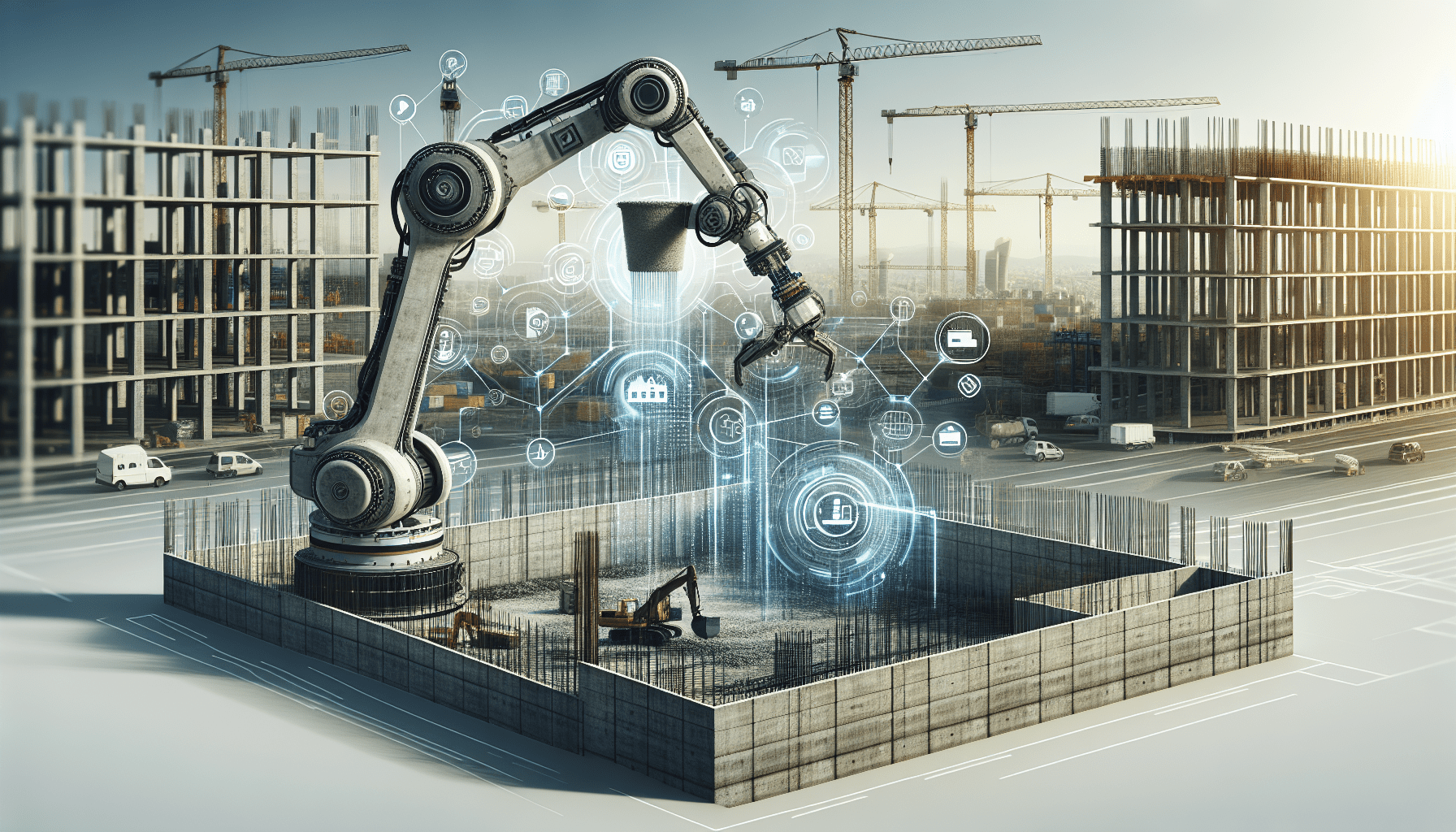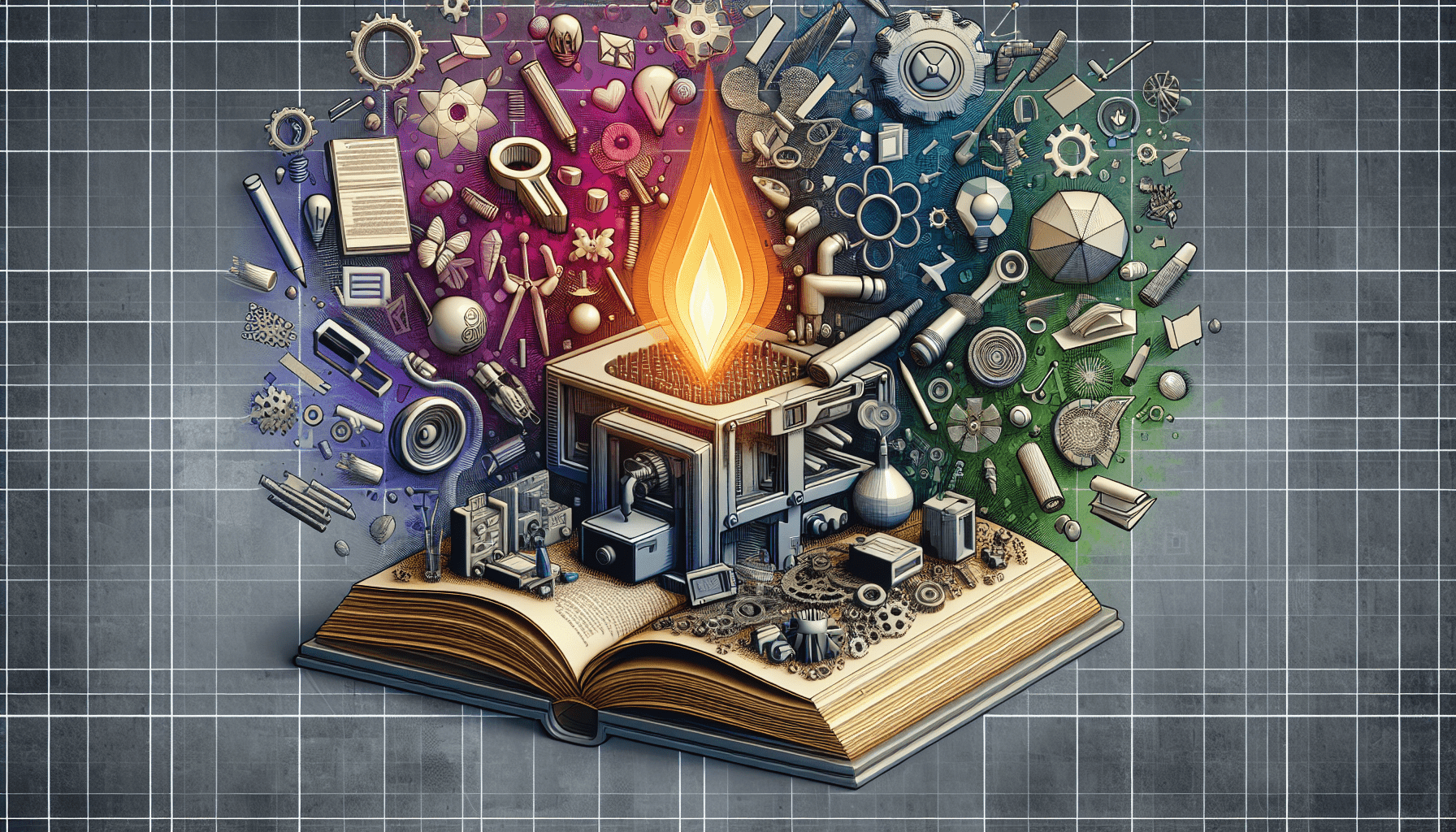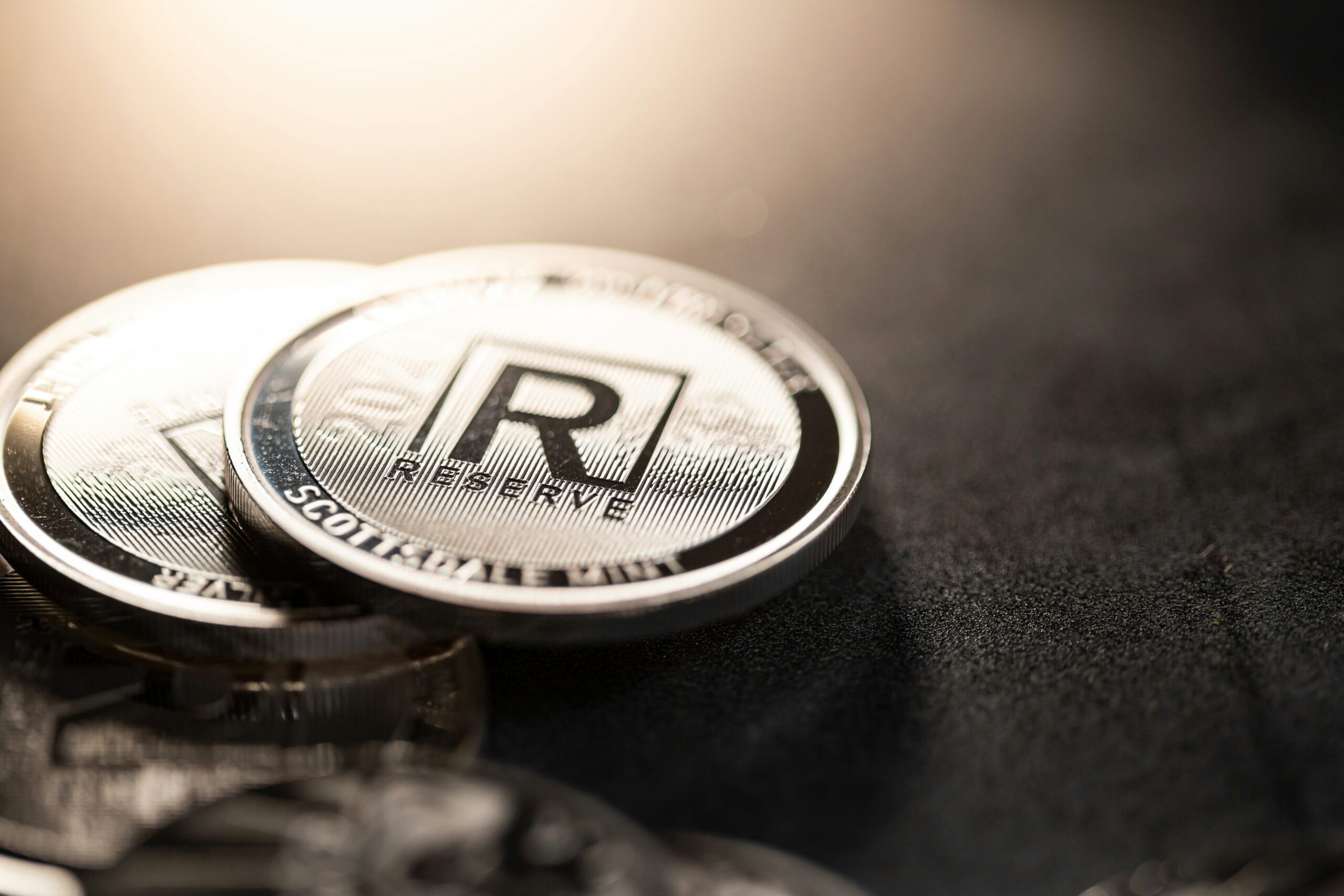ELEGOO Mercury Plus V3.0 Wash and Cure Station, 7.5 L Large Capacity, Compatible with Mars Saturn Photon Halot MSLA LCD DLP 3D Printers
$159.99 (as of June 18, 2025 23:32 GMT +00:00 - More infoProduct prices and availability are accurate as of the date/time indicated and are subject to change. Any price and availability information displayed on [relevant Amazon Site(s), as applicable] at the time of purchase will apply to the purchase of this product.)In an era where technology is rapidly evolving, 3D printing has opened doors to creativity and innovation, allowing enthusiasts to create everything from household trinkets to intricate machine parts. However, this same innovation has given rise to a controversial trend that merges hobby with hazard: 3D-printed firearms. These firearms, often referred to as “ghost guns,” are untraceable weapons that can be made from the comfort of one’s home, circumventing traditional gun control measures.
The story of 3D-printed guns began with the Liberator pistol, a primitive model that could only fire one round and posed serious safety risks. Fast forward to today, and the technology has advanced to produce more sophisticated hybrid models like the FGC-9, which combine plastic parts with conventional metal components. As these homemade weapons gain media attention and proliferate, a heated debate emerges—should these “ghost guns” be regulated, or is this an unprecedented extension of individual freedom?
$30 off $400+ Anycubic Products with code AC30OFF
The Evolution of 3D Printing Technology
Welcome to the fascinating world of 3D printing technology, a rapidly evolving field that has transformed how things are made, one layer at a time. Your journey through the history and advancements of this technology will be nothing short of captivating.
Beginnings of 3D Printing
The roots of 3D printing trace back to the 1980s when Charles Hull invented stereolithography, which allowed for the creation of three-dimensional objects using digital data. Initially, this technology was used for rapid prototyping—creating quick models to test and present ideas before committing to large-scale manufacturing. Although the equipment was expensive and the materials limited, it showcased the incredible potential of manufacturing a wide array of objects right from a computer screen to the physical world.
Expansion into Various Industries
As the technology matured, it began to infiltrate various industries. You’d find it astonishing how medical fields embraced 3D printing to create customized prosthetics, dental implants, and even bioprinted organs. In the automotive and aerospace sectors, complex parts that previously took weeks to manufacture could now be designed and printed in a fraction of the time. You could literally hold a piece of the future in your hands. Moreover, hobbyists and educators found 3D printing to be an invaluable tool for creating custom models and educational aids, turning classrooms and garages into miniature manufacturing plants.
Advent of 3D Printed Guns
However, with great power comes significant controversy. The advent of 3D printed guns has brought up ethical and legal dilemmas that society is grappling with today. It’s a provocative topic that rests on the delicate balance of innovation, safety, and regulation. This significant milestone has not only pushed the boundaries of what 3D printing can achieve but has also opened a Pandora’s box of regulatory and safety challenges.
Initial Steps: The Liberator Pistol
The first fully 3D-printed firearm, known as the Liberator, marked a pivotal moment in the history of 3D printed guns. It represents the confluence of technology, creativity, and the critical need for thorough discussion and regulation.
Design and Creation
The Liberator pistol was designed by Cody Wilson and his organization, Defense Distributed, in 2013. This single-shot plastic firearm was made almost entirely using a desktop 3D printer. You might be amazed to learn that the only non-printed part was a metal firing pin. Constructed from ABS plastic, the design files for the Liberator were freely distributed online, making it accessible to anyone with a 3D printer.
Performance and Limitations
While groundbreaking, the Liberator had several performance and safety limitations. It could only fire one bullet before needing to be reloaded manually. Given its plastic construction, it was also prone to misfiring and, in extreme cases, exploding. This limited its effectiveness and posed severe risks to the user, especially if they were not knowledgeable about firearm mechanics.
Impact on the 3D Printing Community
The introduction of the Liberator sent ripples through both the firearm and 3D printing communities. While it showcased the potential of 3D printing technology, it also highlighted significant ethical, legal, and safety concerns. The design files were quickly taken down due to regulatory pressure, but by then, the genie was out of the bottle. It set the stage for what would become a fervent and ongoing debate on the regulation of 3D printed firearms.

Buy Photon Mono M5 Get Free 1KG Resin
The Rise of Ghost Guns
Ghost guns, often referred to as untraceable firearms, have seen a substantial rise, mainly due to advancements in 3D printing technology.
Definition and Characteristics
Ghost guns are firearms that lack serial numbers, making them untraceable by law enforcement. You can imagine the implications of this: a firearm that circumvents traditional regulatory frameworks simply because it’s made at home. These guns are a mixture of 3D printed parts and readily available metal components, assembled without any official oversight.
Growth of the Ghost Gun Community
The ghost gun community has grown exponentially over the last decade. Hobbyists and firearm enthusiasts have found common ground in the challenge and thrill of creating unregistered firearms. Online forums and social media have allowed these communities to share designs, tips, and troubleshooting advice, effectively democratizing gun manufacturing and creating a tight-knit network of like-minded individuals.
Development of Hybrid Models
A significant innovation within this community has been the development of hybrid models. These guns combine 3D printed plastic components with metal parts purchased or repurposed from existing firearms. This hybrid approach addresses some of the durability and performance issues inherent in fully plastic models, making these firearms more reliable and practical. They offer a glimpse into how future iterations might improve, leading to even more efficient and potentially more dangerous designs.
Notable Models: From Liberator to FGC-9
The progression from the rudimentary Liberator to more sophisticated models like the FGC-9 is a testament to the rapid advancements in 3D printed firearms.
Overview of Key 3D Printed Guns
Beyond the Liberator, several other models have made headlines, each improving upon its predecessor. These include the Songbird, a pistol with a more reliable firing mechanism; the 3D-printed AR-15 lower receiver, a key component in semi-automatic rifles; and the FGC-9, a semi-automatic carbine designed to be made entirely at home with minimal metal parts.
Technical Specifications of FGC-9
The FGC-9, which stands for “Fuck Gun Control 9mm,” is one of the most famous examples of a hybrid 3D printed firearm. It can fire 9mm ammunition, a common caliber, and features a 4.5-inch barrel made either from steel tubing or machined components. The gun’s body, stock, and grip are entirely 3D printed, showcasing ingenuity and the practical application of DIY manufacturing.
Comparative Analysis
Compared to the Liberator, the FGC-9 represents a significant leap in terms of both functionality and reliability. While the Liberator was a proof-of-concept, largely symbolic, the FGC-9 is a practical firearm capable of semi-automatic fire. This evolution highlights both the potential and the risks associated with the advancement of 3D printed firearm technology. The FGC-9 is easier to make, more durable, and far more dangerous than its predecessors.

Technical Challenges and Solutions
Despite these advancements, the production of 3D printed firearms comes with its own set of technical challenges.
Material Limitations and Durability Issues
One of the primary challenges you’ll encounter is the limitation of materials. Most consumer-grade 3D printers use plastic, which is not as durable or heat-resistant as the metals traditionally used in firearm manufacturing. These plastic components can easily wear out or fail under the stress of firing, posing safety risks.
Innovative Solutions and Hybrid Models
To mitigate these issues, the community has leaned towards hybrid models that combine printed parts with metal components. Innovations such as metal reinforcements and the use of industrial-grade printers have helped improve the durability and performance of these firearms. You’ll notice that many designs now include metal barrels, springs, and firing pins to enhance reliability and safety.
Safety Concerns and Failures
Safety is a significant concern. Poor-quality prints or improper assembly can result in catastrophic failure, including misfires or explosions. It’s essential for anyone venturing into this realm to have a thorough understanding of both 3D printing technology and firearm mechanics to minimize these risks.
Legal and Ethical Considerations
The emergence of 3D printed firearms presents unique legal and ethical questions that you’ll find are hotly debated.
Existing Gun Control Laws
Traditional gun control laws are designed to regulate the production, sale, and ownership of firearms through a series of checks and balances, including background checks and serial number tracking. However, these laws didn’t foresee a future where anyone could manufacture a firearm at home with a 3D printer and a set of online instructions.
Challenges in Regulating 3D Printed Guns
Regulating 3D printed guns is incredibly challenging. Unlike traditional firearms, these homemade guns lack serial numbers, making them untraceable. Law enforcement agencies struggle to detect and control the spread of these unregistered weapons. Moreover, the decentralized nature of the internet means that regulations and takedown attempts often become a game of whack-a-mole.
Arguments for and Against Regulation
The arguments for regulation focus on public safety. Untraceable guns pose a significant threat as they can fall into the wrong hands without any regulatory oversight. On the other hand, advocates against regulation argue that it impinges on individual freedoms and the right to bear arms. They believe that technology should empower individuals rather than be controlled by the state.
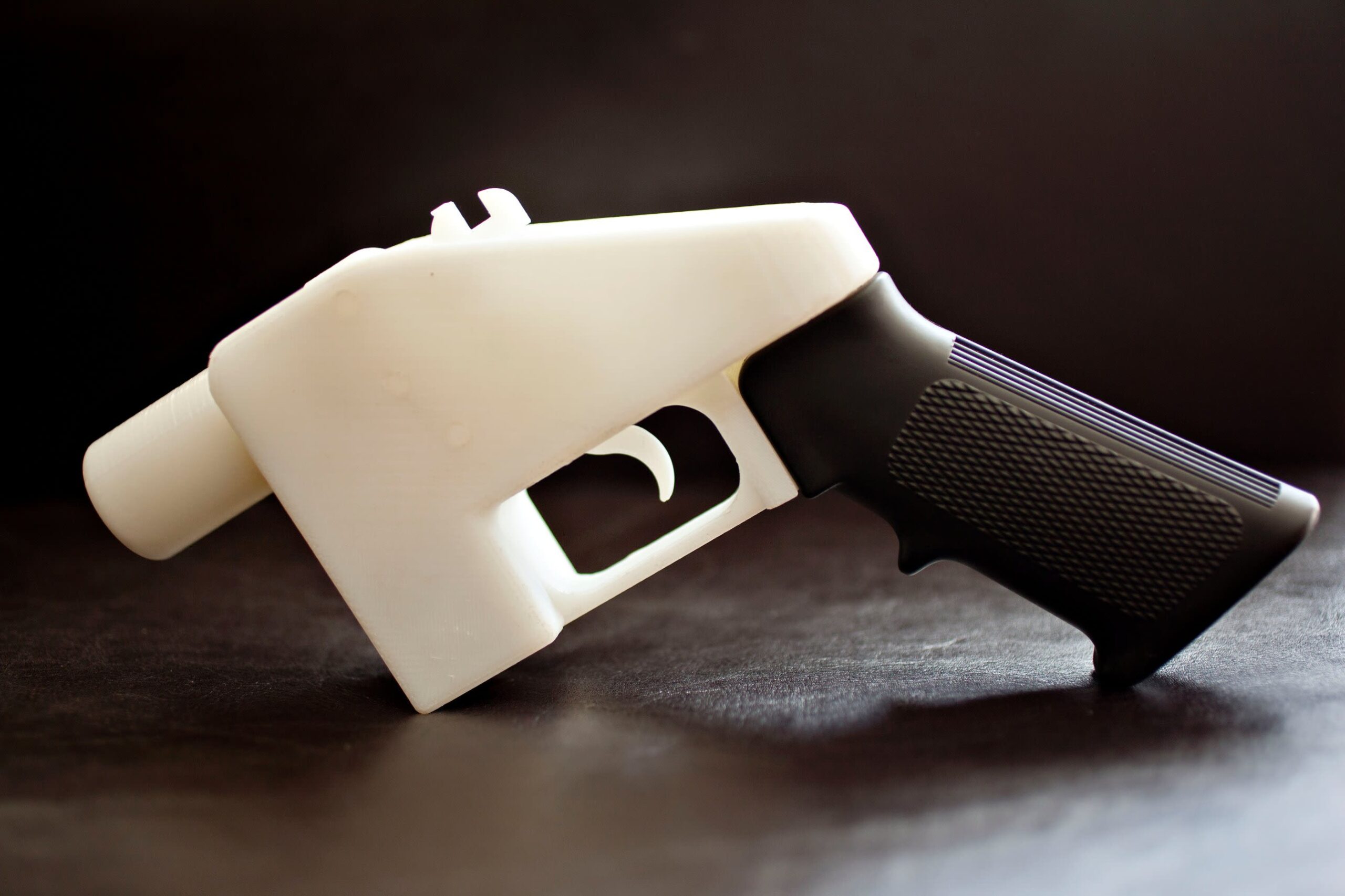
Safety and Public Health Concerns
The potential for misuse and the broader impact on public health are pressing concerns when it comes to 3D printed firearms.
Potential for Misuse
The ability to produce a firearm anonymously and untraceably makes it easier for these weapons to be used in criminal activities. You can’t overlook how quickly these firearms could proliferate across illicit markets and be used in crimes where traditional firearms would have previously been tracked and traced.
Impact on Public Safety
The introduction of untraceable, 3D printed guns into communities can significantly impact public safety. Law enforcement agencies find it challenging to investigate crimes involving ghost guns since they lack serial numbers and traditional ballistics data. This makes solving gun-related crimes more complex and diminishes the effectiveness of existing public safety measures.
Cases of Misfiring and Explosions
There have been numerous reports of 3D printed guns misfiring or even exploding. These incidents not only pose a direct threat to the user but also highlight the inherent risks of producing firearms without regulatory oversight. Each misfire or explosion is a stark reminder of the technical and material limitations that still plague 3D printed guns.
Societal Impacts and Media Attention
The societal impacts and media attention surrounding 3D printed guns add another layer to this complex issue.
Media Coverage and Public Perception
Media coverage of 3D printed guns has been extensive and often sensational. While highlighting the risks and controversies, it also brings these issues into the public sphere, prompting broader discussions about technology, safety, and regulation. You might have seen headlines that oscillate between admiration for the technological ingenuity and alarm over the potential societal implications.
Influence on Gun Violence Statistics
As of now, it’s still unclear how significantly 3D printed guns influence overall gun violence statistics. However, their potential to increase untraceable and unregulated firearms in circulation surely adds a layer of complexity to existing gun violence issues. You can expect that as their prevalence increases, so too will their impact on these statistics.
Community Response and Advocacy
The response from various communities has been mixed. Advocacy groups calling for stricter gun control argue that the technology exacerbates existing problems related to gun violence and regulation. On the flip side, communities that advocate for gun rights view 3D printed firearms as an extension of individual freedom and sovereignty over personal defense.
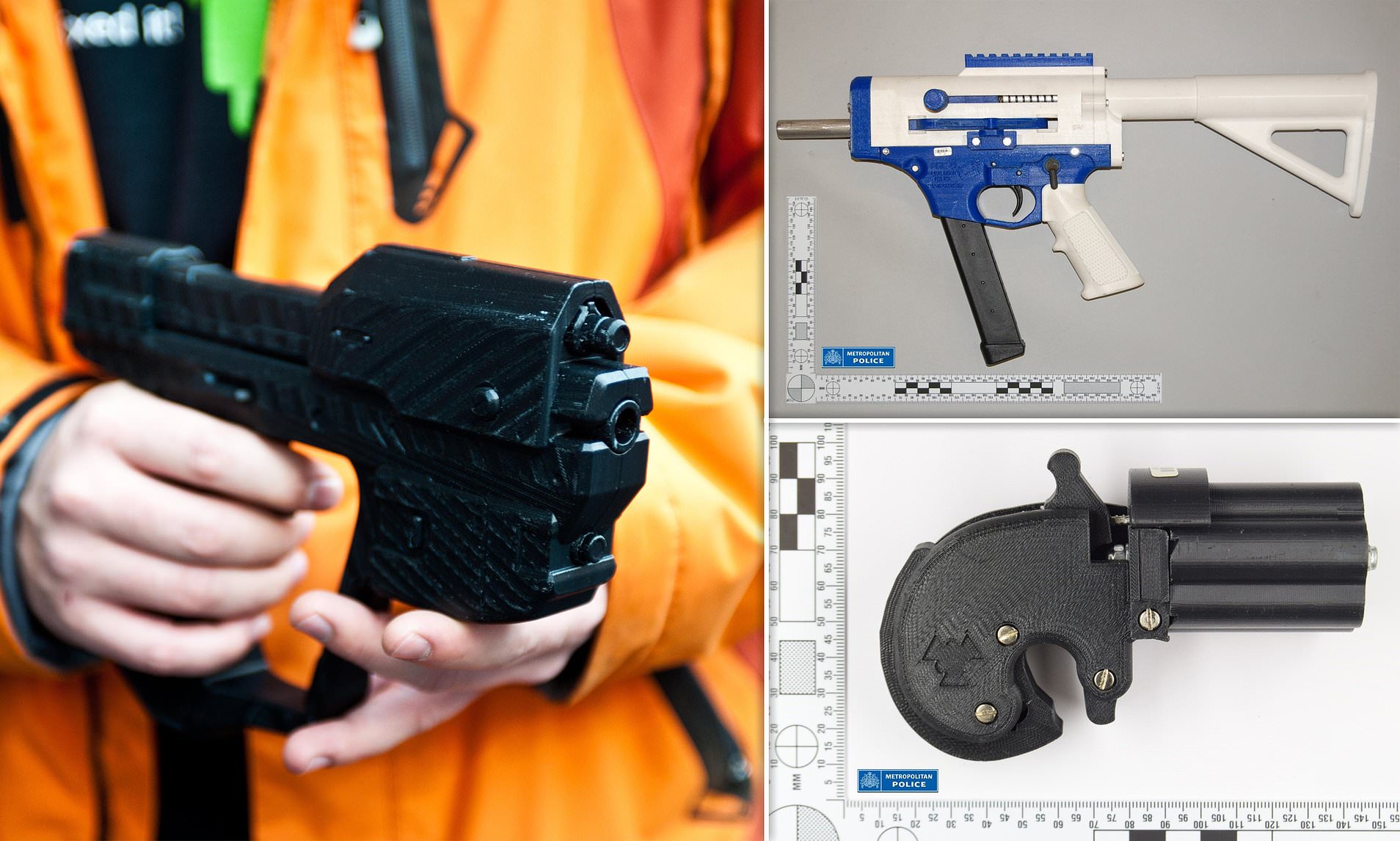
Future of 3D Printed Guns
The future of 3D printed guns is an evolving tapestry of technological advancements and regulatory efforts.
Technological Advancements
Technological advancements in 3D printing, materials science, and digital design tools will likely make future 3D printed guns more reliable, efficient, and easier to produce. You should keep an eye on developments like metal 3D printing and advanced composite materials that could significantly enhance the performance and durability of these homemade firearms.
Predictions for Gun Manufacturing Trends
As 3D printing technology becomes more accessible and affordable, you can expect a shift in gun manufacturing trends. Traditional manufacturers may adopt 3D printing for prototyping and small-scale production, while hobbyists and DIY enthusiasts continue to push the boundaries of what can be achieved at home.
Potential for Future Regulations
Legislators and regulatory bodies are gradually catching up to the technological realities presented by 3D printed guns. Future regulations might include stringent controls on the distribution of design files, mandatory registration of 3D printed firearms, or perhaps even the integration of safety features that prevent unauthorized use. While the exact nature of these regulations is still up for debate, it’s clear that some form of oversight will be necessary to balance innovation with public safety.
Conclusion
Summary of Key Points
You’ve explored the fascinating journey of 3D printing technology from its early days to its expansion into various industries. The advent of 3D printed guns, starting with the Liberator, has introduced significant technical, legal, and ethical challenges. While there have been notable advancements and the rise of sophisticated models like the FGC-9, the challenges in regulating these firearms persist.
Final Thoughts on Regulation and Safety
Regulation and safety are at the forefront of any discussion about 3D printed guns. The balance between individual freedoms and public safety is delicate and requires thoughtful consideration and robust debate. As technology continues to advance, the need for comprehensive regulations that protect public welfare without stifling innovation will become increasingly important.
The Ongoing Debate
The debate over 3D printed guns is far from settled. As you ponder the pros and cons, remember that this is an ongoing issue that will continue to evolve with advancements in technology and changes in societal attitudes. Whether you believe in the unrestricted right to create and own firearms or advocate for stringent regulatory controls, one thing is clear: the discussion around 3D printed guns is a critical and necessary one for our times.
$30 off $400+ Anycubic Products with code AC30OFF






